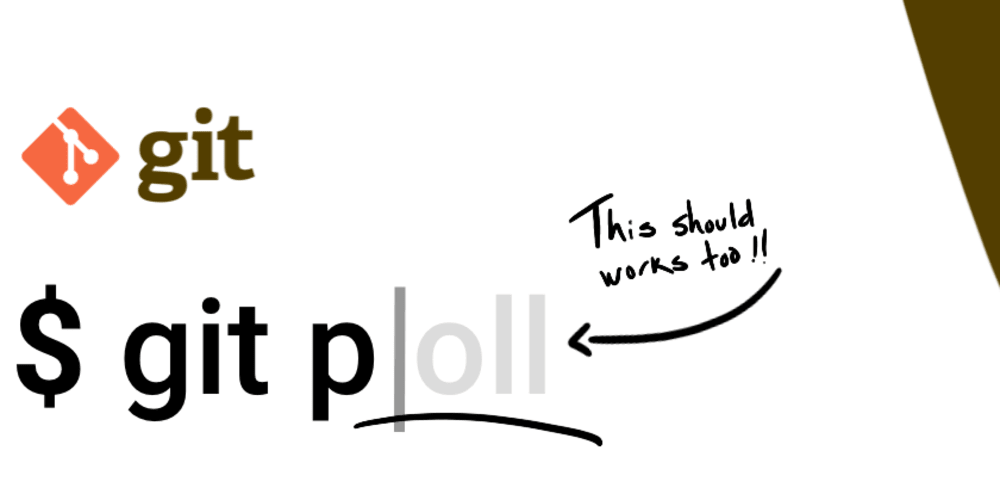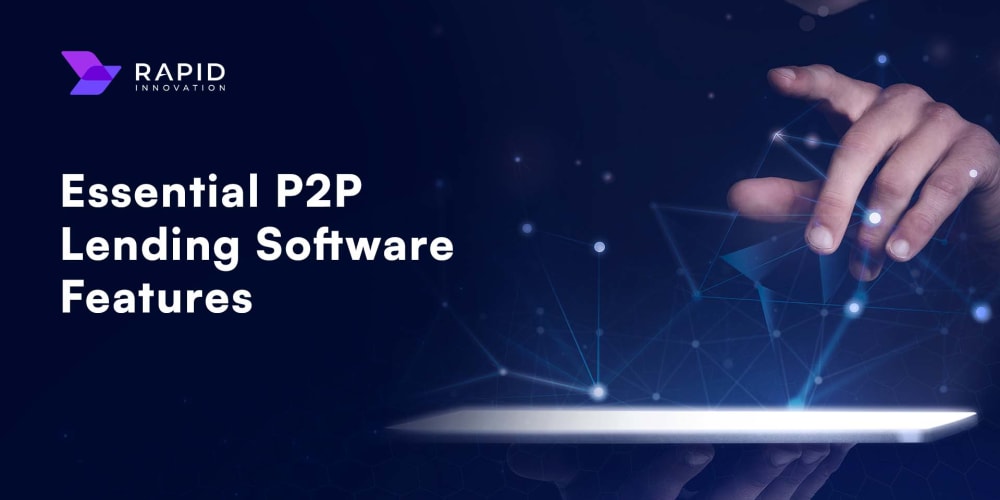We are in a technological world where blockchain app development has lapped every sector, and various efficient blockchain platforms are available, like Telos, Solna, Avalanche, Tezos, and many more. The question arises, what makes these platforms more powerful than each other?
In this article, we will understand the difference between Telos and Solana.
Telos: A Web3 Blockchain-based Platform
Telos is a third-generation blockchain technology that's frequently used to build cost-effective, scalable, and rapidly built decentralised applications.
Telos made a more collaborative & transparent model by focusing on decision-making and pointing toward influencing and empowering organizations to shift. Thus, the development of the Telos Ethereum Virtual machine (EVM) is to perform that task.
Telos EVM (Ethereum Virtual Machine)
Taking full advantage of the Telos technology, Telos EVM is fully re-designed and made easier for the developer. It is through which they can develop new or upgrade applications to Telos blockchain applications into the Telos blockchain.
Telos will provide developers with advantages including rapid block times, cost-effective transactions, and equitable distribution. Additionally, it lacks governance, micro transaction deFi, speed and scalability, and front-running.
Solana
Solana is a blockchain platform that is popular for its efficiency and speed. It pays its transaction fees through its native crypto. Solana has a Smart contracts capability through which developers can build decentralized apps.
Solana focuses on making the crypto network grow faster and faster and is one of the new crypto solutions aimed at making crypto networks faster and more efficient. It implements a series of clever technologies, including a new method called “Historical proof.”
Telos Vs Solana
Market Power
It is among the most important indicators of accessibility, order, and future development and rotation as people utilise technology.
Programming Languages
The programming language for Telos Smart contract development is EOSIO C ++ (with Telos Evm — Solidity and Vyper too). Solana, Rust. Although both languages “‹” are popular and well known, we can also add some code comparisons to see which one is most “appropriate’ to develop smart contracts.
Energy Consumption
All transactions with blockchain production consume energy and discharge pollution into the environment. For sustainability, reducing energy consumption as much as possible is essential.
Environmental Friendliness
In addition to the previous point, it is also important to note whether block manufacturers use renewable energy or not and if there is an organizational policy related to reducing the carbon footprint offset network.
Divide Rate
It refers to transferring control and decision-making from a central organization (individual, organization, or group) to a distributed network. It is one of the most important features of blockchain networks.
Block Time
It is the amount of time it takes to generate a new block or data file on a blockchain network. It is almost when the transaction takes place. Thus, a short blockade means a quick transaction.
Developers and Communities
A crucial factor in the success of a blockchain network is that the community supports it. Developers and the public are generally the backbone of the blockchain and give it value and credibility.
Transaction Per Second
A basic statistic called transactions-per-second (TPS) enables the speedy completion of every transaction’s parts. It has a brief latency and reduces latency for dApps.
Also, Discover | Game Development on Solana | The Future of Gaming
if you want to develop a project on Tezos or Solana, we are the right partner. Feel free to connect with our blockchain developers.



















